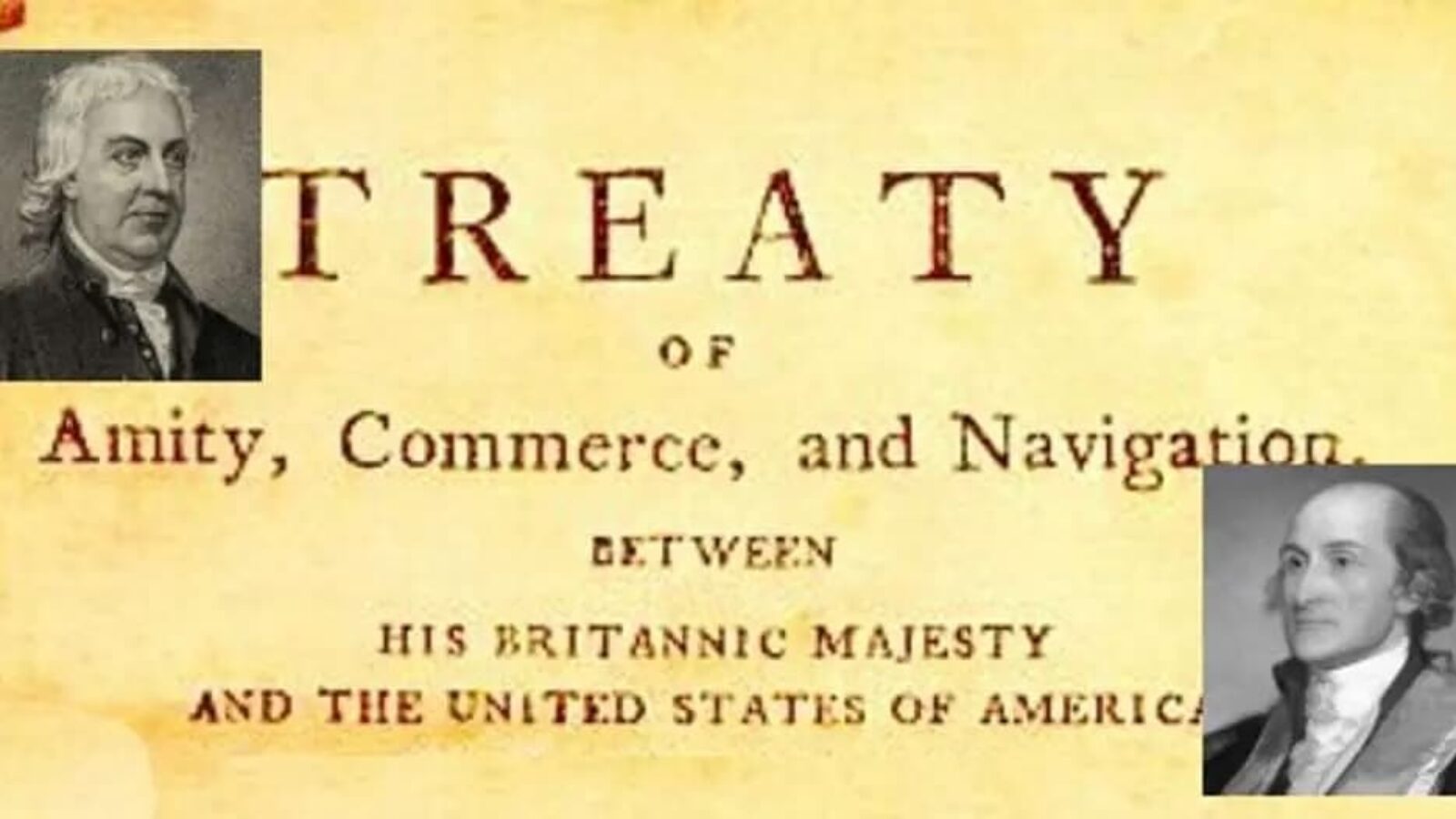June 24, 1795: Jay’s Treaty, enacted on June 24, 1795, was a diplomatic agreement between the United States and Great Britain. This treaty, negotiated by Chief Justice John Jay, aimed to address various issues stemming from the Treaty of Paris of 1783, which ended the American Revolutionary War.
Library of Congress: Jay’s Treaty: Primary Documents in American History
Introduction
Jay’s Treaty, officially titled “Treaty of Amity Commerce and Navigation, between His Britannic Majesty; and The United States of America,” was negotiated by Supreme Court Chief Justice John Jay and signed between the United States and Great Britain on November 19, 1794. Tensions between the two countries had increased since the end of the Revolutionary War over British military posts still located in America’s northwestern territory and British interference with American trade and shipping. Jay was only partially successful in getting Britain to meet America’s demands and opposition to the treaty in the United States was intense. Although President George Washington was disappointed with the treaty’s provisions, he felt it was the best hope to avert war with Great Britain and submitted it to the Senate for approval. Jay’s Treaty passed the Senate on June 24, 1795, by a vote of 20 to 10, exactly the two-thirds required for approval.
- Jay’s Treaty United States Statutes at Large (8 Stat. 116)
